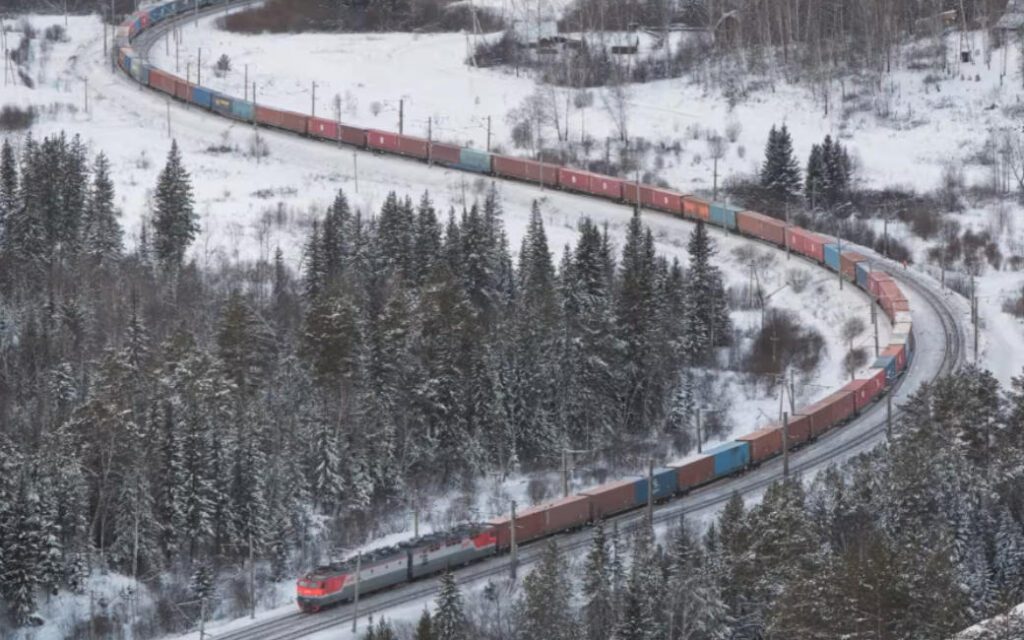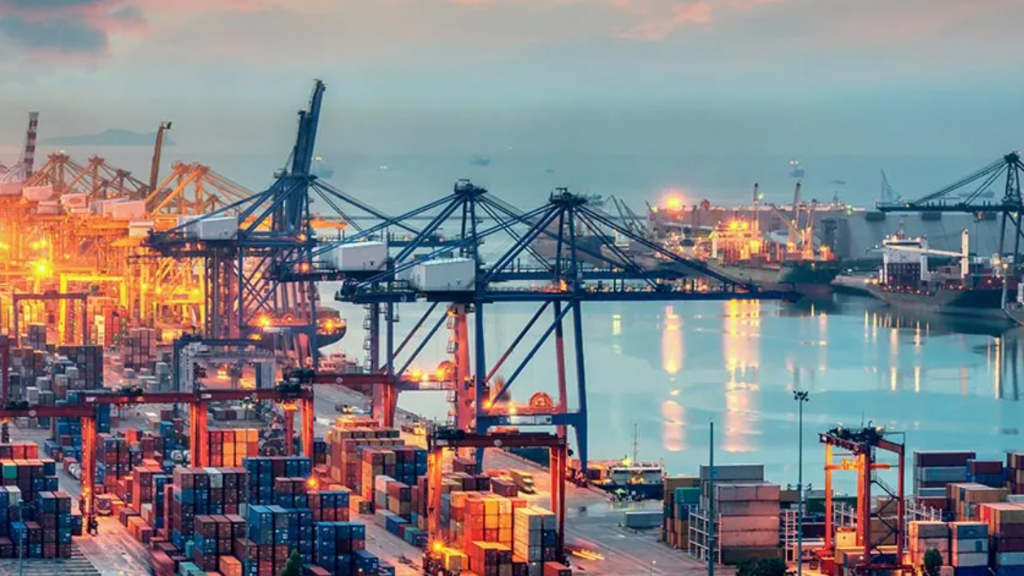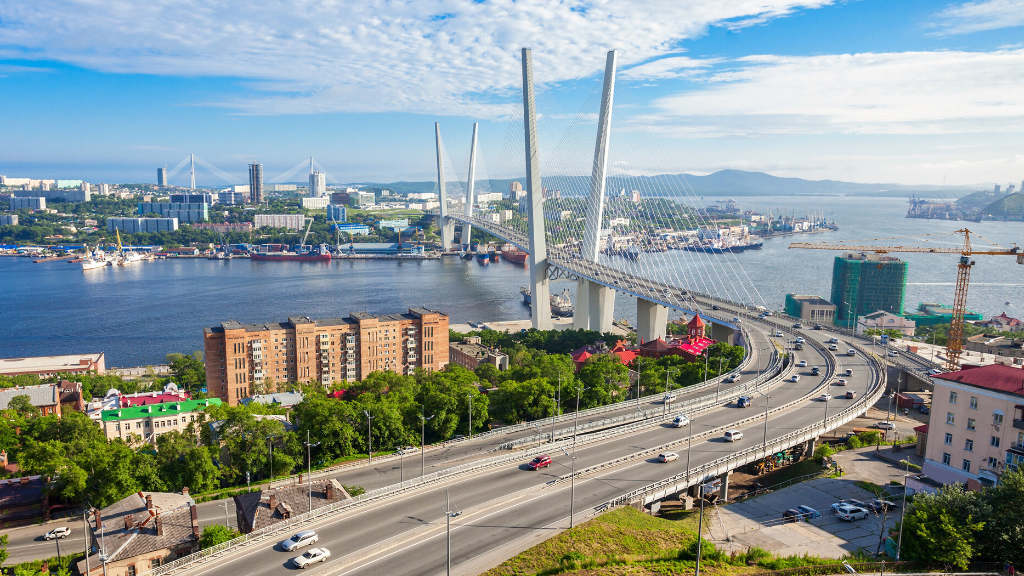The Financial Times has reported that demand to move goods from Asia to Europe by rail via Russia has soared since the start of the Red Sea crisis, according to logistics companies and rail operators, providing a boost to RZD, Russia’s state-owned rail monopoly.
Germany’s DHL said requests to transport goods on the Russian rail corridor had jumped about 40% since container ships started diverting via a longer route from December 2023. RailGate Europe said demand was up about 30%, while Netherlands-based Rail Bridge Cargo said cargo rail traffic via Russia during 2024 was 31% higher compared with the same time last year.
Logistics companies have looked anew at routes through Russia following the decision of most large container shipping lines to divert Asia to Europe sailings that would normally go through the Suez Canal to travel via the Cape of Good Hope. They acted after a campaign of attacks on commercial ships was launched by Yemen’s Iran-backed Houthis in support of Gaza’s Palestinians.
The diversions have pushed up door-to-door journey times between China and Northern Europe by seven to 10 days, to between 50 and 55 days. DHL said door-to-door journey times by rail through Russia between Chengdu in China and Duisburg in Germany were currently between 25 and 30 days.
“The requests have picked up since the beginning of the situation in the Red Sea by around 40 per cent,” DHL said of customer inquiries about rail. “The overwhelming amount is going through Russia.” DHL says the majority of Asia to Europe goods go by rail travel on what it calls the ‘west corridor’, via Kazakhstan into Russia then into Belarus. Some traffic goes via a “north corridor”, crossing directly from China into Russia east of Mongolia.
RZD, which owns Russia’s vast rail network and operates most trains, is owned by the Russian state, however under EU sanctions, there is a near-ban on movements of road freight to and from Russia and Belarus. There are also restrictions on RZD’s ability to access some financial services. However, there is no ban on moving goods by rail through the country. RZD retains a near-monopoly over haulage of trains on Russia’s vast rail network, meaning that the company is paid both for hauling the goods through Russia and for access to its network.
Figures from Eurasian Rail Alliance, a Russian company that organises freight movement on railways using Russia’s 1,520mm rail track gauge — wider than European tracks — show that container rail movements from China to Poland were 14,532 twenty-foot equivalent units (TEUs) of containers in January. This was 36% above data for January 2023.
Some logistics companies offer a “southern route” that avoids Russia, going via Kazakhstan, Azerbaijan, and Turkey. But that route, which involves a ferry crossing of the Caspian Sea, takes longer than a container ship trip between China and Europe. It is viable mainly for goods going to and from central Asian countries such as Uzbekistan.
The findings underline the position the EU has found itself in having imposed sanctions on Russia and closed its ports to Russian ships. It has become reliant either on just the Red Sea and Suez routes or the longer – and more expensive – round Africa route. These costs are being passed on to consumers at a time when EU inflation has been problematic, while productivity has decreased. How EU politicians will manage to extricate themselves from the impacts of a secondary conflict in Gaza inflaming tensions in the Red Sea while at the same time maintaining transport sanctions on the Russian routes remains a conundrum.





